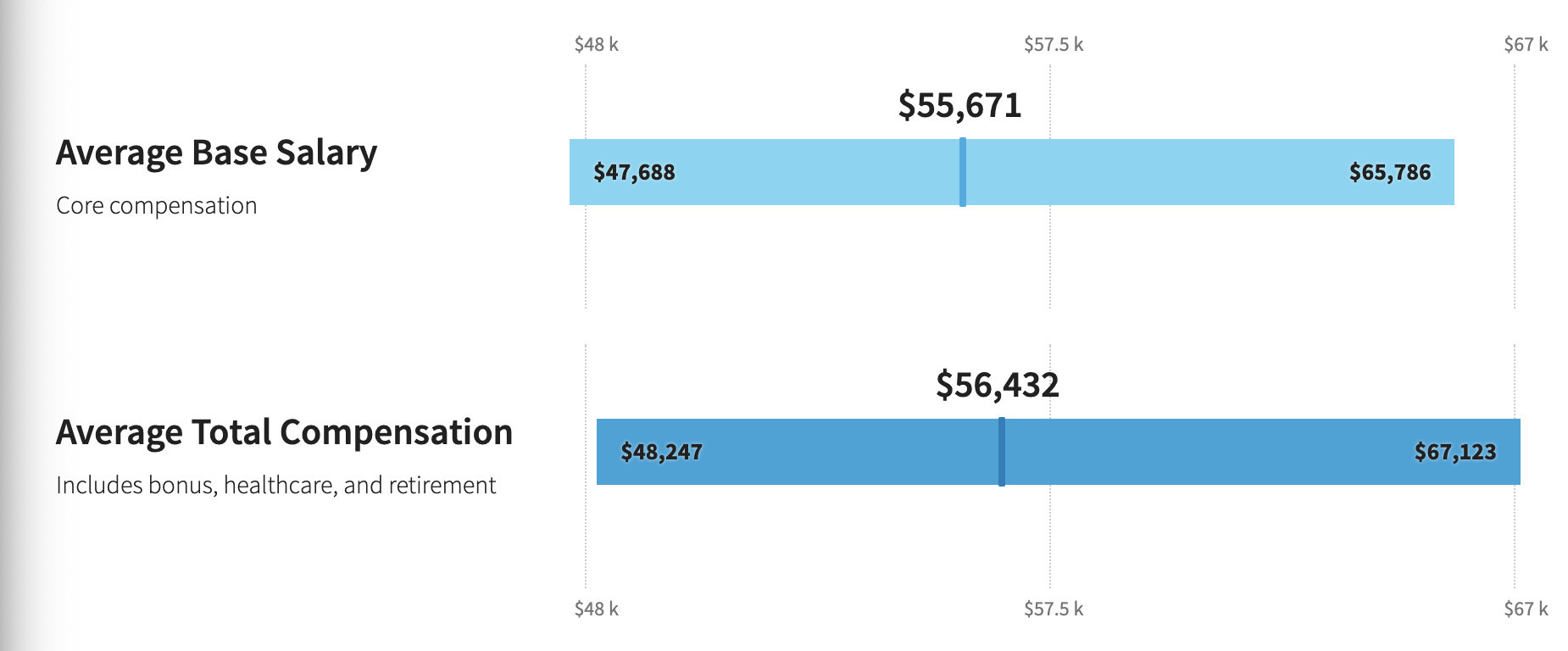
In the search for top talent, employer branding has increasingly become is a key component of any good recruitment strategy. Particularly in the tech sector, where there is a shortage of skilled talent, companies can no longer simply rely on databases and candidate tracking systems. Well-qualified candidates have choices, they know they can shop around for the best placement.
In order to attract the best talent, you have to make certain that candidates arrive at interviews pre-disposed to working for you, and one of the best ways to achieve that is to make certain your employer branding is up to date and reflective of your company culture.
Here are 5 Strategies for updating your Company’s branding
1. Culture Is Key
Millennials, unlike previous generations, are looking for a work experience that places a high value on their overall well-being. And in the search for a placement, they are willing to accept lower pay in exchange for an employer that puts the focus on professional development, performance recognition, clear communication, loyalty, and respect. In other words, they are looking for a satisfying work/life experience.
Companies that fail to create a culture geared toward employee engagement and satisfaction are finding that they suffer higher turnover rates. In fact, 80-90% of employees (not only millennials) who have left a position, report it was due to a clash with company culture or management. Or, to put it in a more positive light, engagement leads to better performance and increased loyalty. And since your employees are your best brand ambassadors, you must focus on creating a satisfying work experience.
So how do you do that?
2. Set Clear Expectations
If you haven’t already, develop a robust and honest picture of what it takes to be a successful employee. Showcase in your branding the skills and talents you are looking for while painting an accurate, yet enticing picture of the work-life you offer. In order to attract relevant talent, (and talent that’s invested in working for you for the long term) make it clear what it is you offer, be it flexible hours, a specific technology you work with, diversity, etc.
3. Give Your Employees A Voice
Offer your workforce outlets to tell their stories. Feature employee profiles on your website, blog and/or newsletter. Celebrate their achievements and big wins, showcase their talents. In other words, put a spotlight on the individual, not the position. By encouraging employees to act as “brand ambassadors” in social media you’re not only engaging your target audience, you’re also letting it be known that employees are thriving and are valued.
4. Foster and reward innovation.
Rather than seeing workers who challenge parameters, as a threat, create incentives for intrapreneurs. Always give credit where credit is due and be certain to include employee created innovations in your branding materials.
Just as you offer training and opportunities for education, leaving room for employee-led innovation is a powerful way to demonstrate that you are not only investing in your employee's futures, but you also make it clear to candidates that there’s room for growth.
5. Test It
Once you’ve looked at these areas, you want to be certain to test it. There’s no point in creating an employer brand that is not reflective of the actual work-a-day culture. In order to make sure that your branding matches the actual experience of employees, poll them on their perception of your brand:
- Does their experience match the brand you are touting?
- If not, how does it skew? What are you missing/ under-representing?
- Do they feel valued?
- What percentage of your employees would recommend their friends come work for you?
- Are they invested in the company’s success beyond their paycheck?
And on the Candidate side:
- Are your job postings garnering the right kind of candidates?
- Does the interview experience match what was promised?
- Do new hires complain that the company culture they were sold on is not, in fact, what they find in the day-to-day work experience?
If the answers to any of these questions are not what you are hoping to hear, then chances are you’re putting out a skewed picture of your business, and need to align the actual experience with how you represent your company culture.
All of this is by way of saying, it’s important to present your business as you are, not as you hope to be, or wish to be one day. As in all things, by being clear, transparent and honest, you are ensuring that the right kind of talent will be attracted to come work for you.











.png?width=800&name=Is%20the%20Hybrid%20Recruiting%20Model%20right%20for%20your%20business_%20(1).png)


 According to The National Center for Women in IT, tech companies with women in management positions achieve a 34% higher return on investment.
According to The National Center for Women in IT, tech companies with women in management positions achieve a 34% higher return on investment.



